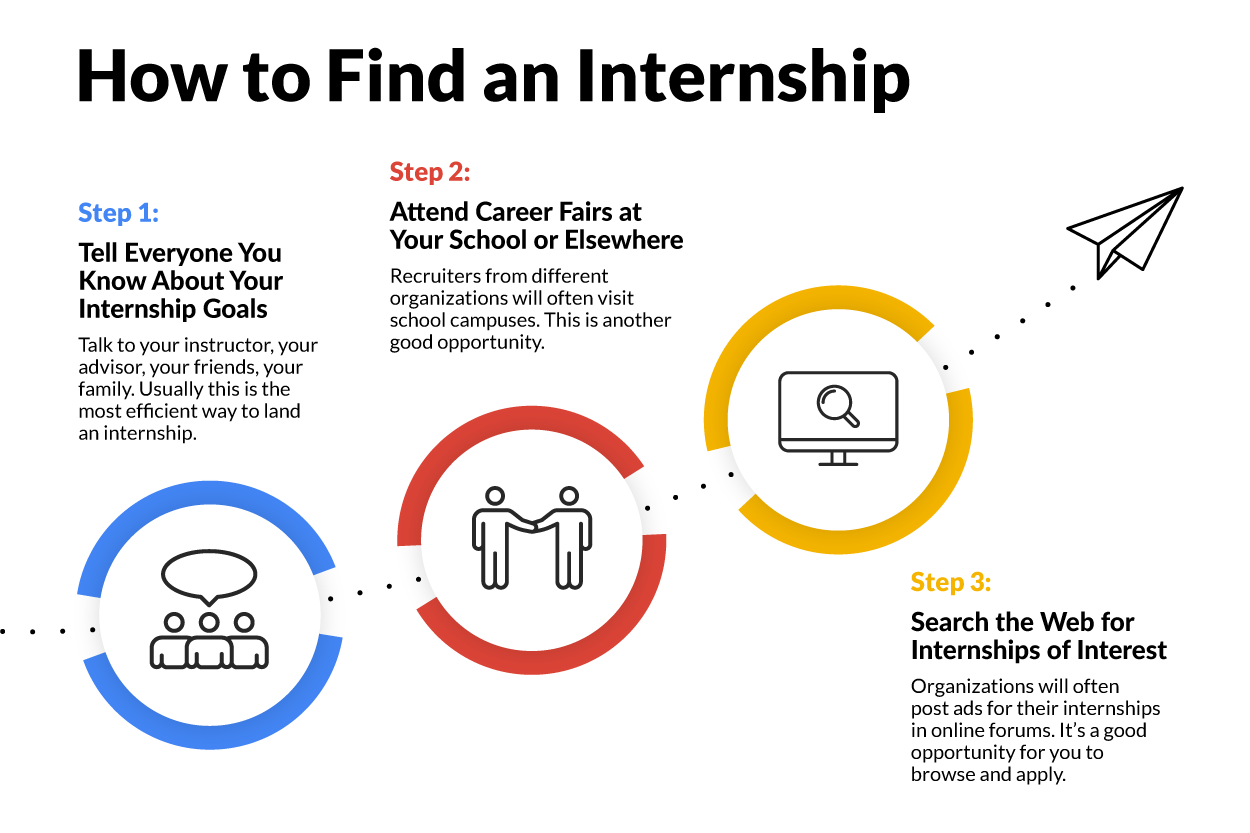Table of Contents |
Students most commonly pursue internships in their junior or senior year of college, when they are closer to entering the working world. This makes sense because an upper-class student should have a pretty good idea about the professional field they are targeting.
Perhaps you spent the first two years of college sampling courses to find a major and now that you’ve chosen a major, it’s time to shift your focus to internships in order to narrow down prospective careers. In addition, as a senior close to graduation, you are more likely to be able to transition from your internship to a full-time position at the place you’ve been interning, if the opportunity arises.
However, there may be distinct advantages to seeking an internship earlier in your college career. First, there’s a competitive advantage—if your school allows it, you may want to do as much interning as you can, both to gain experience and to build your résumé. Also, you might prefer interning as a means of vetting potential majors—though the danger there is that if you opt for an internship without much experience taking classes in the corresponding field, you might find yourself stuck in a situation that doesn’t interest you.
In addition to giving some consideration to when in your academic career to pursue an internship, there is also the question of when in the academic year to do it. Balancing an internship with your coursework during the fall or spring term can be a challenge, so many students choose to seek internships in the summer. The advantages are clear—in the summer, students have more time to devote to their internship so they can intern full-time and generally be more engaged with their work without the concern of it distracting from their studies. Because they are so desirable, summer internships can be more competitive.
So, you decide you’d like to look into what’s out there in terms of internships—how do you find them?

Source: THIS TUTORIAL WAS AUTHORED BY SOPHIA LEARNING. PLEASE SEE OUR TERMS OF USE.